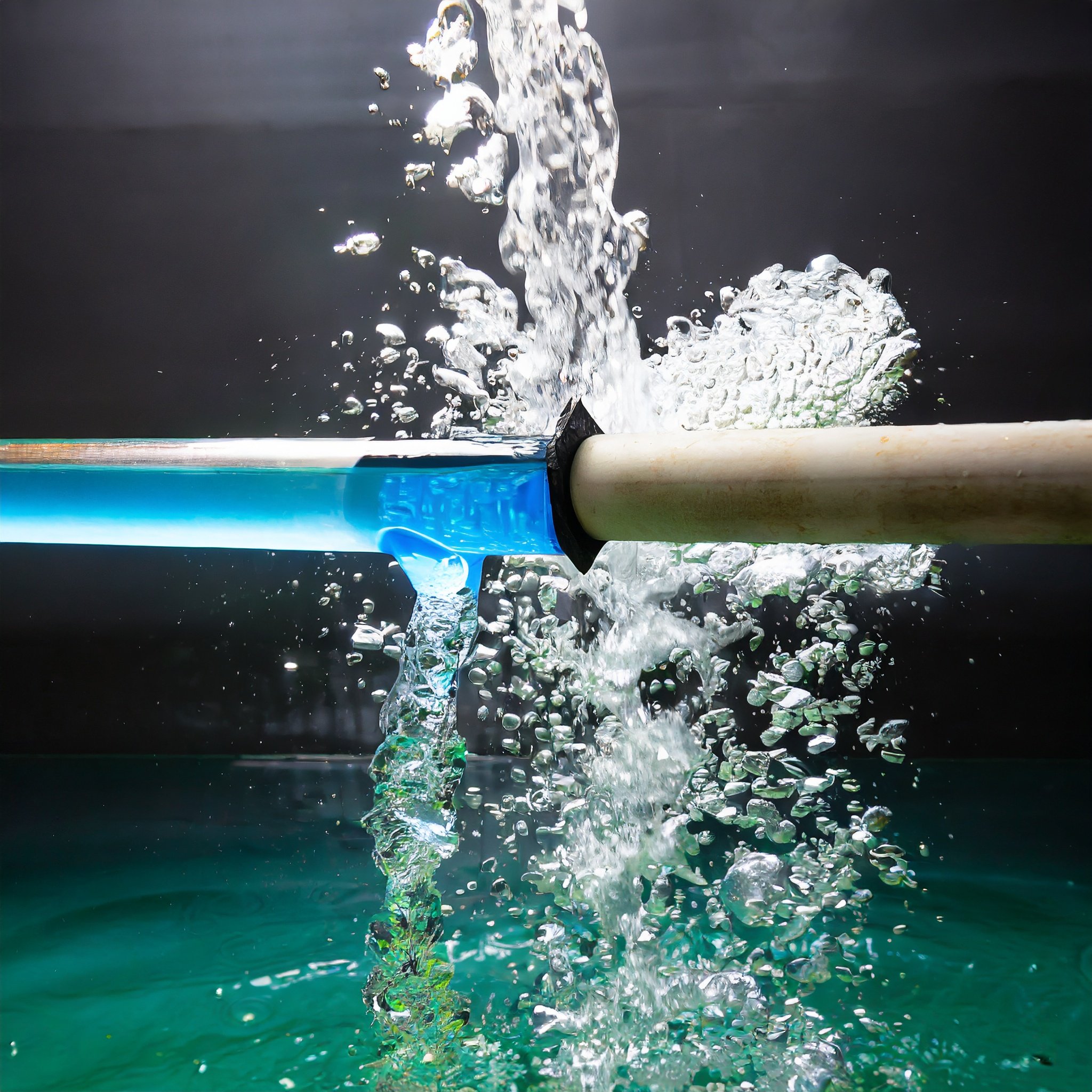What is HEFTEG?
The Hydro-Electrolysis Fuel Thermal Electricity Generation (HEFTEG) process is a concept to produce electricity using a renewable resource that has no negative impact on the environment. It uses a novel configuration of components to achieve production of clean energy. Our innovation is the usage and adaptability of our process to meet the demand of societal energy needs, while reducing the environmental impact of conventional electrical energy production on the environment.
Our scientific approach will be driven by a focus on innovation and experimentation, combined with a rigorous approach to data analysis and interpretation.
PURPOSE/CONCEPT
The purpose of HEFTEG is to produce electricity (energy) in a clean and environmentally friendly process using a renewable source.
The process behind HEFTEG is to combine and integrate four existing technologies; solar power, electrolysis, thermal reaction/thermal conduction, and steam power generation to produce electrical energy using water as the renewable fuel source.
At the present time, absolutely no other process for producing electricity exists today that uses a renewable resource with no impact on the environment as our process does.
Process description
From a process point of view HEFTEG is divided into five physical sections: Solar Array, Fuel Production Pool, Thermal Reaction Chamber, Containment Vessel, and Steam Turbine Generator.
-

Solar Array
The Solar Array is the first step in the process and is comprised of an unspecified number of photovoltaic cells. The electricity produced by the array is sent to provide electricity for the electrolysis process and recharge a power bank for nighttime operations.
-

Fuel Production Pool
The Fuel Production Pool is the second step in the process and is where electrolysis occurs, splitting water into its component part, hydrogen and oxygen. Both gases are collected and sent to the Thermal Reaction Chamber. The gases provide fuel for thermal reaction.
-

Thermal Reaction Chamber
The Thermal Reaction Chamber is the third step in the process and is located within the Containment Vessel. After receiving the gases from the Fuel Production Pool, the two gases are recombined via thermal reaction (burning), producing heat and water as the byproduct of the reaction. The water is condensed in an auxiliary system for reuse or vented into the atmosphere. The heat produced from the reaction is sent to the Containment Vessel via thermal conduction.
-

Containment Vessel
The Containment Vessel is the fourth step in the process. It is filled with water and contains the reaction chamber, which is surrounded by the water. The water in the vessel absorbs the heat being transferred from the reaction chamber and is turned into steam. The steam creates pressure via expansion. The pressurized steam is sent to the Steam Turbine Generator.
-
Steam Turbine Generator
The Steam Turbine Generator is the fifth and final step in the process. The steam turbine generator receives the pressurized steam from the containment vessel and spins from the pressure, producing electricity. The electricity produced is then sent to the power grid.
What this means
Our innovation is the usage and adaptability of our process to meet the demand of societal energy needs, while reducing the environmental impact of conventional electrical energy production on the environment.
Our unique scientific approach to solving these challenges involves a combination of advanced materials science, fluid mechanics, and thermal dynamics. This approach will enable us to develop an innovative solution that delivers significant benefits for the environment and provides cost-effective and sustainable solutions to energy generation.








